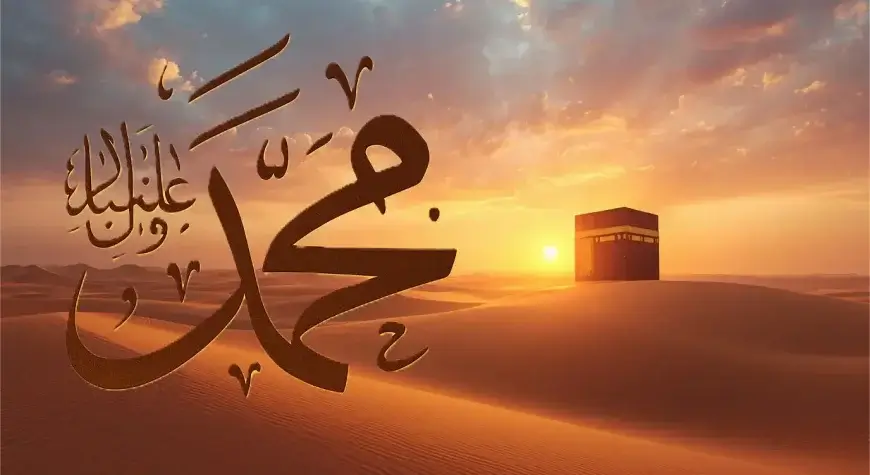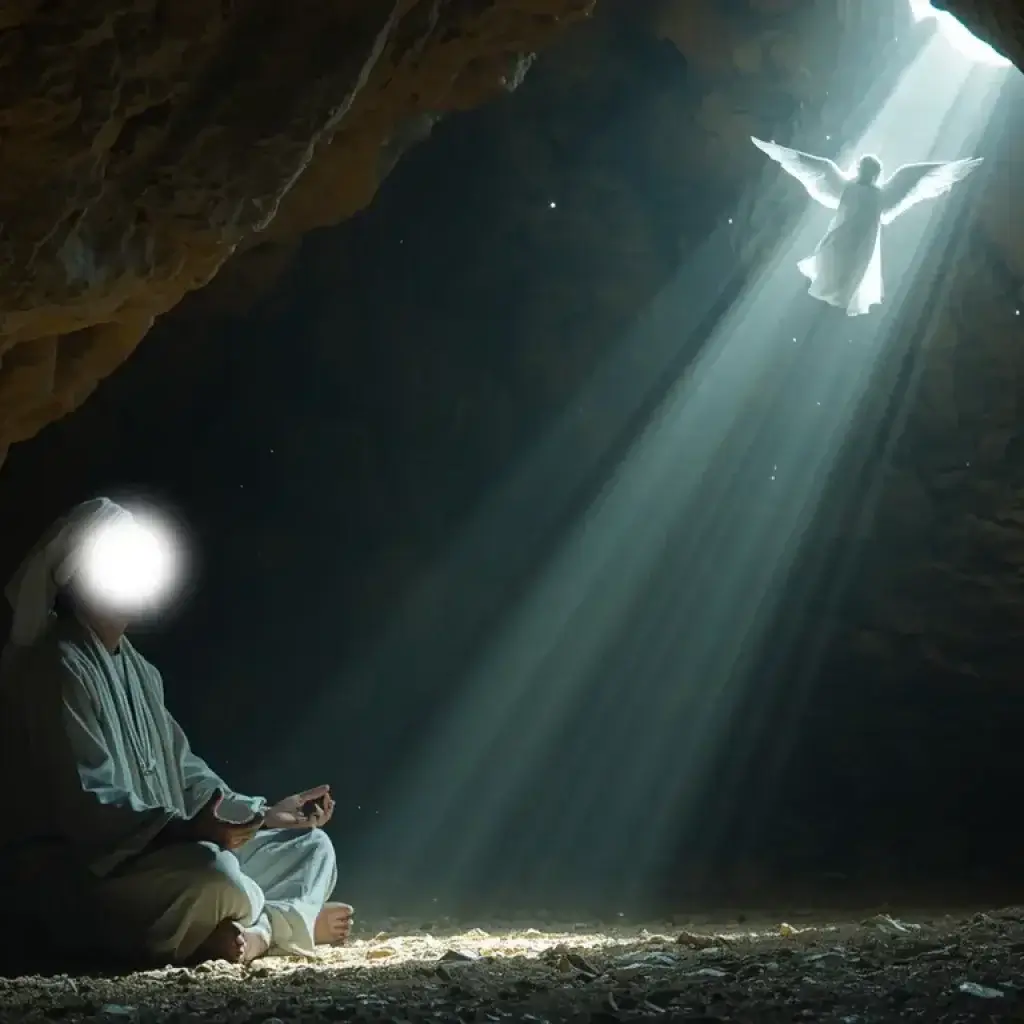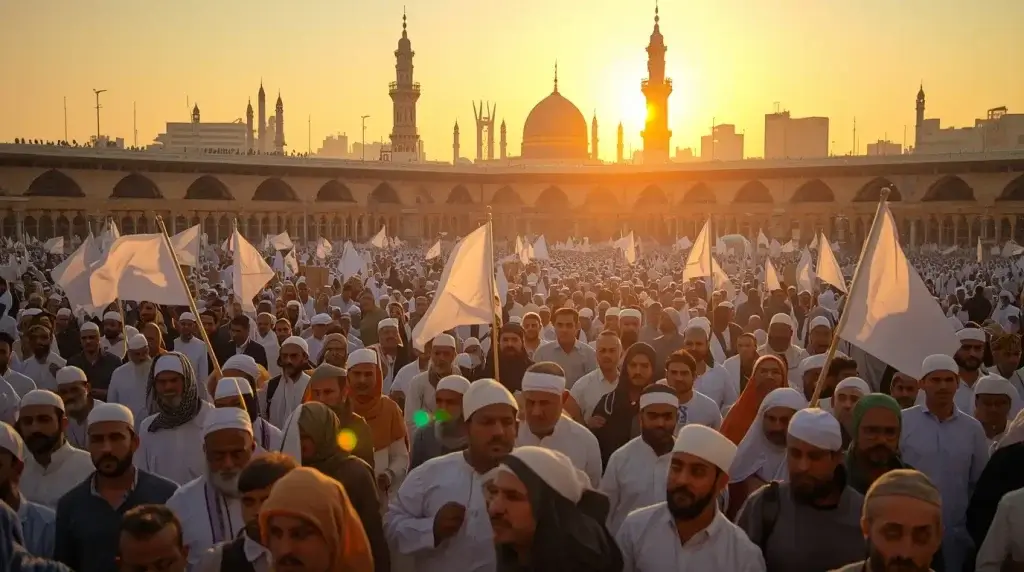Life History of Prophet Muhammad (PBUH) — From Mecca to Medina and Beyond

A Journey of Compassion, Wisdom, and Transformation1
Prophet Muhammad (PBUH) is widely regarded as one of the most influential figures in human history. Born in Mecca, in present-day Saudi Arabia, in the year 570 CE, he would go on to change the course of history, shaping not only the religious and cultural fabric of the Arabian Peninsula but also the entire world. His life, his teachings, and his legacy resonate with billions of people across time and geography. To understand the profound impact of his existence, it is essential to look not only at the historical events of his life but also at the underlying human qualities that made him an exemplary model for generations to come.
Early Life: Humble Beginnings
Muhammad (PBUH) was born into the Quraysh tribe, which was known for its nobility but also for the challenges it faced during the early years of his life. His father, Abdullah, passed away before he was born, and his mother, Amina, died when he was only six years old. Raised by his grandfather, Abdul Muttalib, and later by his uncle, Abu Talib, Muhammad (PBUH) experienced the world as an orphan, an experience that deeply shaped his empathy for the less fortunate and marginalized in society.
Despite these hardships, Muhammad (PBUH) was known for his integrity, honesty, and generosity, even in his youth. His nickname, Al-Amin (the Trustworthy), reflected the respect he earned in his community. As a young man, he worked as a merchant, and it was during this time that he met and married Khadijah, a wealthy widow who was 15 years older than him. Khadijah was a pivotal figure in his life, both personally and spiritually, supporting him in his mission when the revelation began.
The Revelation: A Divine Calling
At the age of 40, while meditating in the cave of Hira on the outskirts of Mecca, Prophet Muhammad (PBUH) received his first revelation from the Angel Jibril (Gabriel). The message was clear: “Read in the name of your Lord who created” (Quran 96:1). This marked the beginning of a series of revelations that would continue over the next 23 years. The message was simple yet profound—monotheism, social justice, equality, and morality.

At first, only close friends and family members like Khadijah, his cousin Ali, and his close friend Abu Bakr embraced the message. But the Meccan society, which thrived on polytheism and social hierarchies, was resistant to his teachings. Muhammad (PBUH) called for the worship of one God (Allah), rejected idolatry, and urged the rich and powerful to show compassion toward the poor and oppressed.
The Struggles: Persecution and Perseverance
The early years of Muhammad’s (PBUH) prophethood were marked by intense opposition. The Quraysh leaders, who controlled Mecca and its religious practices, saw his teachings as a direct threat to their power and influence. As the followers of Islam grew, so did the persecution. Early Muslims were subjected to physical and emotional abuse, economic boycotts, and even torture.
One of the most painful moments in the Prophet’s life came during the year of sorrow (619 CE), when both Khadijah and his uncle Abu Talib passed away within months of each other. These losses left Muhammad (PBUH) vulnerable, yet his faith and resolve remained unshaken. It was during this period that the Prophet (PBUH) experienced the Isra and Miraj, a miraculous night journey to Jerusalem and ascension to the heavens, which reaffirmed his mission and connection to God.
Despite the adversity, Muhammad (PBUH) remained steadfast in his call for peace, justice, and spiritual awakening. His patience, resilience, and kindness towards even his persecutors were traits that endeared him to those around him, including those who initially opposed him.
The Migration: A New Beginning
As the situation in Mecca became increasingly untenable, Muhammad (PBUH) and his followers were invited by the people of Yathrib (later named Medina) to come and settle there. This migration, known as the Hijra (622 CE), marks the beginning of the Islamic calendar. In Medina, Muhammad (PBUH) was not just a prophet but also a statesman, community leader, and peacemaker. He worked tirelessly to foster unity among the diverse tribes of the city, establishing a society based on justice, mutual respect, and religious freedom.

In Medina, the Muslim community began to flourish, but the challenges did not end. The Quraysh of Mecca, determined to eliminate the Muslim movement, waged several battles against them, including the Battles of Badr, Uhud, and the Battle of the Trench. Despite suffering losses, the Muslim community continued to grow stronger in faith and unity, and the Prophet’s leadership was crucial in navigating these difficult times.
The Triumph: Conquest of Mecca
After years of tension and conflict, a truce was finally established between the Muslims and the Quraysh in the year 628 CE, known as the Treaty of Hudaybiyyah. However, this peace was short-lived, as the Quraysh violated the terms of the treaty. In 630 CE, Muhammad (PBUH) led an army of 10,000 Muslims to Mecca. The city surrendered without bloodshed, and Muhammad (PBUH) entered Mecca as a conqueror. Yet, in a striking display of magnanimity, he forgave those who had persecuted him and his followers, declaring, “There is no reproof against you today.”
The conquest of Mecca marked a turning point in the history of Islam, with the Kaaba being cleansed of idols and dedicated solely to the worship of Allah. Islam spread rapidly throughout the Arabian Peninsula, and by the time of the Prophet’s (PBUH) death in 632 CE, the majority of the Arabian tribes had embraced Islam.
The Final Sermon and Death
In his final years, the Prophet (PBUH) continued to guide his followers with wisdom, compassion, and humility. In 632 CE, he delivered his final sermon during the Hajj pilgrimage, known as the Farewell Sermon. In it, he emphasized the equality of all people, the sanctity of life, and the importance of justice. “All people are equal; there is no superiority of an Arab over a non-Arab, or a white over a black,” he proclaimed.
Shortly after this, Prophet Muhammad (PBUH) fell ill and passed away in Medina at the age of 63. His death marked the end of the prophetic mission, but his message lived on.
The Legacy: An Eternal Influence
The legacy of Prophet Muhammad (PBUH) is immeasurable. He is remembered not only as a religious leader but also as a model of human excellence. His teachings have inspired countless individuals and shaped civilizations for over 1,400 years. The Quran, the holy book revealed to him, remains the most widely read and memorized book in the world, guiding Muslims in every aspect of life.
His emphasis on compassion, justice, and social responsibility remains relevant in today’s world. His kindness to women, children, the poor, and even animals provides a timeless moral framework for ethical living. Muhammad (PBUH) taught that true greatness lies in humility, and his life serves as a testament to the power of integrity, patience, and forgiveness.
In every corner of the world, the name of Muhammad (PBUH) is revered. Muslims strive to follow his example in their daily lives, aspiring to embody his qualities of kindness, honesty, and dedication to justice. His legacy is not just in the words he spoke but in the way he lived—showing humanity how to live with purpose, compassion, and devotion to God and to others.
In a world that continues to struggle with issues of inequality, conflict, and division, the life of Prophet Muhammad (PBUH) remains a beacon of hope and guidance for all who seek to build a more just and compassionate world.
Lorem Ipsum


